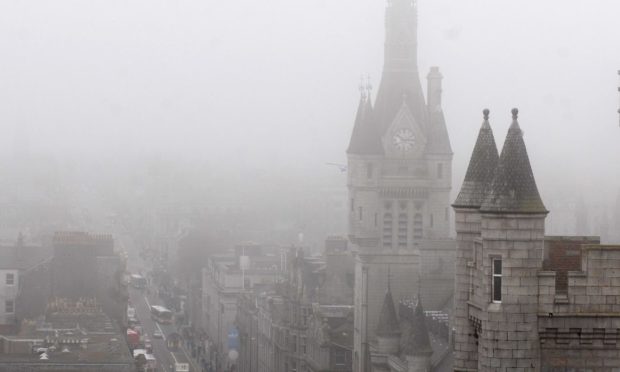While those of us on the north-east coast have been enjoying some sunny afternoons, the mornings so far this week have been dominated by a misty fog.
But what causes haar, and why does it seem to hit the north-east so much?
What is haar?
Haar is almost like condensation in that it commonly occurs when the warmer moist air moves over the cooler North Sea, causing the moisture in the air to turn into a fog.
It is typically blown to the land by strong winds and only disappears when the sun shows up.
Forth Road Bridge or the bridge to Skull Island…
I'm not sure if this is the Forth Road Bridge or the bridge to Skull Island… 💀🐵@TheForthBridges pic.twitter.com/euxa5fKmL4
— Traffic Scotland (@trafficscotland) May 31, 2021
Traffic Scotland likened the fogs descent on the Forth Road Bridge, which connects Edinburgh to Fife, to the bridge to Skull Island the home of King Kong.
Communities across the north-east have revelled in the chance to bake in the sun, something that is expected to continue throughout the week.
With temperatures reaching 25C in Aviemore and 17C in Aberdeen, many waking up in the north-east could be forgiven for thinking that the weather has taken a sudden turn as the fog descends.
Haar can significantly reduce temperatures compared those just a few miles inland.
